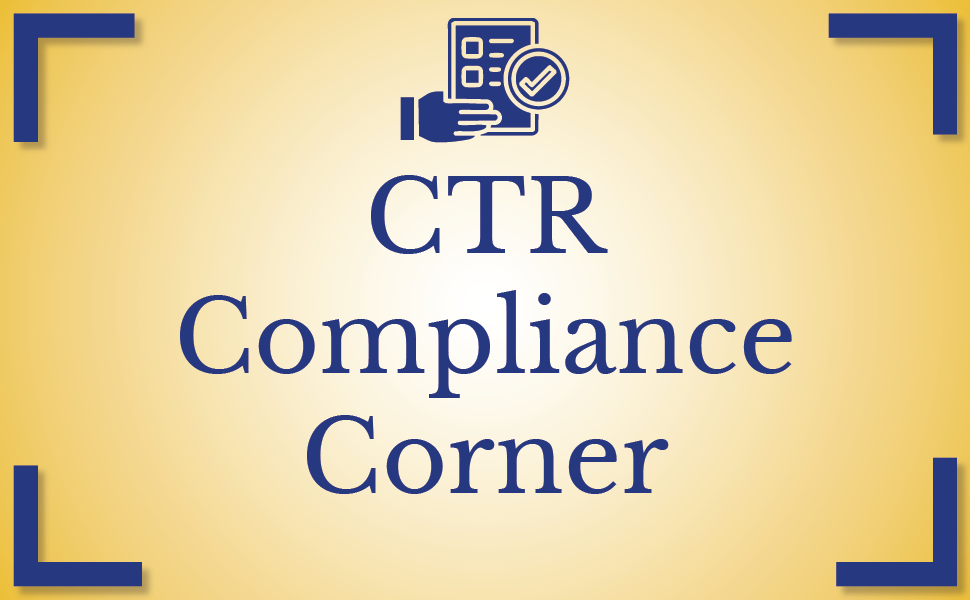How can you support segregation of duties with limited staff?
An essential compliance requirement for internal controls requires segregation of duties (also known as “separation of duties”). This is the creation of checks and balances to ensure that tasks are divided across multiple individuals, or secondary reviews are implemented. Segregation of duties reduces the opportunities for fraud, errors, conflicts of interest, non-compliance, and other risks.
Tasking single individuals with significant responsibilities (for example: creating, approving, and reconciling the same transaction; control of resources, or data/staff assignments) can increase the opportunity for mistakes, fraud and abuse of control.
The key solution to integrate into your internal controls: at least two sets of eyes on transactions and operations. You may not have the staffing to divide required tasks across multiple individuals. However, as long has you have at least one other “reviewer”, and evidence of the compliance review is documented, you can still support segregation of duties.
Departments achieve this secondary review through their authorization process. Example, a department head authorized signatory (DHSA) reviews and approves transaction/process as the “second set of eyes”, and retains evidence.
Remember: departments will be audited on how they document segregation of duties, and how they support it through training, monitoring, and controls in daily operations.
Action Steps
- Ensure your written system of internal controls outlines the importance of segregation of duties and includes training and monitoring as part of daily operations
- Require evidence of “at least two sets of eyes” as compliance reviews in all parts of your internal controls (not just transactions) to demonstrate accountability
Your Internal Control Officer and Chief Fiscal Officer can review and assist with verifying your written system of internal controls are up-to-date to support compliance goals and ensure your department head is accurately certifying compliance in the annual Internal Control Certification.
Bookmark our new CTR Compliance Corner as your one-stop shop for alerts and success factors that you can integrate into your daily operations to keep you safe on your mission.
